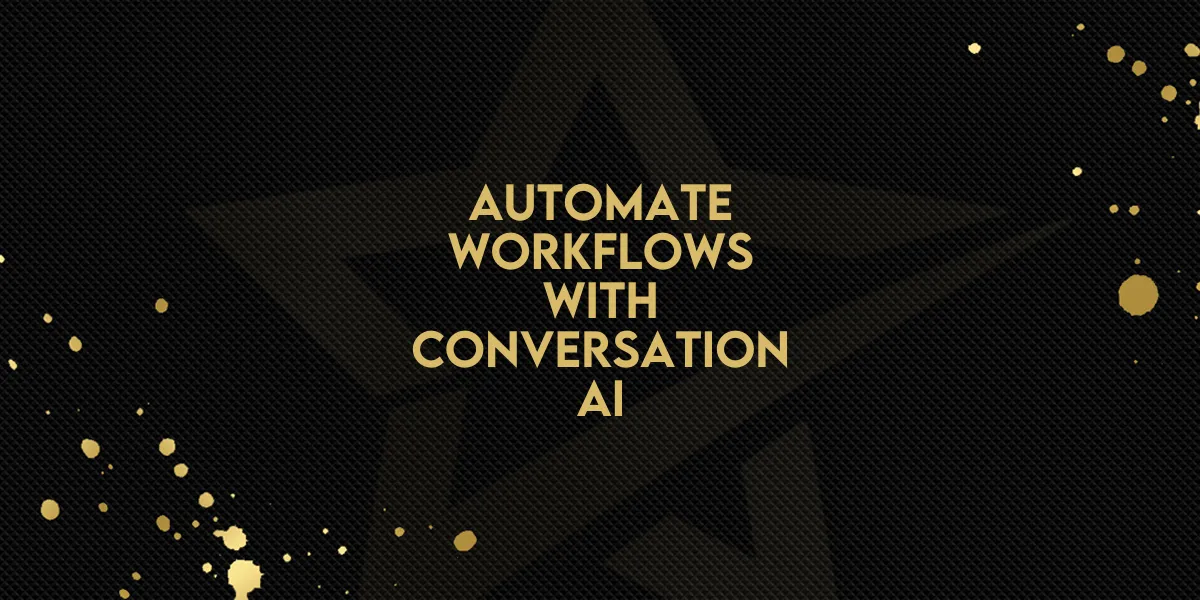
Automate Workflows with Conversation AI!
The "Trigger a Workflow" feature allows you to automate actions by linking workflows within the AI-driven conversation tool. By defining specific conditions, you can trigger workflows automatically, streamlining operations and improving customer interactions. Here’s a step-by-step guide to set it up and make the most of this tool.
Step 1: Access the "Trigger a Workflow" Feature
Go to the Bot Goals tab.
Click on the Trigger a Workflow button to view the details.
For new bots: Edit or assign a new name to the bot before accessing the feature.

Step 2: Configure the Workflow Trigger
Setting Up the Fields
Follow these steps to configure the workflow trigger:
Action Name:
Assign a name to the action for easy identification.
Example: Name it “Subscription Workflow” to represent actions related to subscriptions.
Select a Published Workflow:
Choose a workflow from the dropdown menu.
Ensure the workflow is already published, as it won’t be available otherwise.
When to Trigger the Workflow:
Write a clear condition to define when the workflow should activate.
Examples:
"Customer wants to purchase the subscription."
"Customer wants to book an appointment."
These descriptions allow the AI to recognize and act on the defined condition naturally.
Save Your Configuration:
Once all the fields are filled out, click Save to finalize the setup.
By completing these steps, the workflow will automatically activate whenever the defined condition is met, simplifying processes and saving time.
Important Notes for Using Trigger Conditions
Crafting Effective Trigger Conditions
To ensure smooth automation:
Write the condition so the bot naturally leads the conversation toward relevant questions.
Align the customer’s response with the condition.
For example:
If the condition is "Customer wants to book an appointment," structure the prompt with a question like, “Would you like to book an appointment?”
Handling Overlapping Trigger Conditions
If multiple conditions occur simultaneously, the AI will prioritize based on internal logic. Example:
Update Contact Info: Updates a user’s information.
Trigger a Workflow: Activates a workflow when the same condition is met.
The AI will execute the action it deems most appropriate based on the scenario.
Flexible Trigger Sources
Workflow triggers can respond to:
User responses: Conditions initiated by the user.
Bot responses: Conditions arising from the bot’s prompts.
This flexibility ensures workflows activate whether initiated by the customer or guided by the bot.

